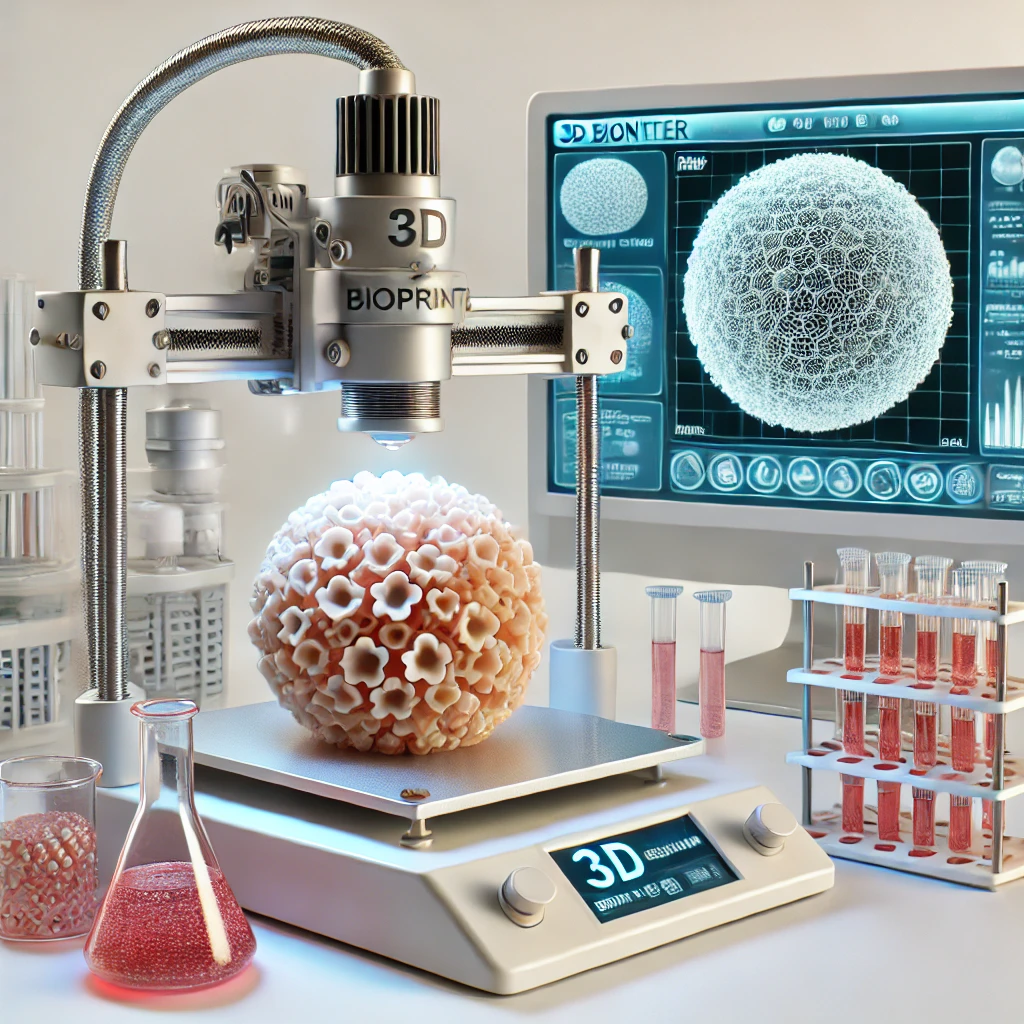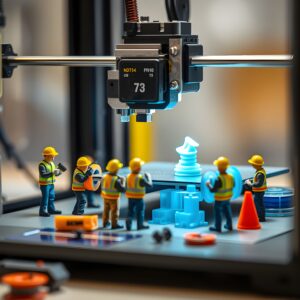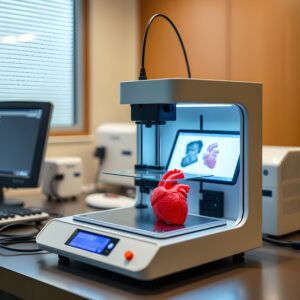Revolutionizing Medicine and Animal Products: 3D-Printed Living Cells Pave the Way for a Cruelty-Free Future

Discover how 3D-printed living cells are transforming medicine and animal products, enabling the creation of personalized organs, tissues, and cruelty-free alternatives to traditional animal-derived products.
Breakthroughs in Regenerative Medicine
3D printing technology has made tremendous strides in regenerative medicine, enabling the creation of personalized organs and tissues. By printing living cells, scientists can now develop functional substitutes for damaged or diseased tissues, revolutionizing the treatment of various medical conditions. This innovative approach has the potential to:
– Replace Organ Transplants: Printing functional organs for transplantation
– Repair Damaged Tissues: Creating personalized tissue substitutes
– Model Diseases: Printing tissues to study and understand diseases
Cruelty-Free Animal Products: A New Era
3D-printed living cells are also paving the way for cruelty-free animal products, offering a sustainable and ethical alternative to traditional animal-derived products. From leather and meat to dairy and cosmetics, bioprinting is transforming industries and promoting a more compassionate future. This includes:
– Vegan Leather: Printing sustainable and cruelty-free leather alternatives
– Clean Meat: Lab-grown meat for a more sustainable food industry
– Dairy Alternatives: Printing milk and dairy products without animal exploitation
Advancements in Bioprinting
Bioprinting technology has advanced significantly, enabling:
– High-Resolution Printing: Intricate details and complex structures
– Cellular Viability: Living cells that thrive and function
– Customized Solutions: Personalized products and treatments
Real-World Applications: Transforming Industries
3D-printed living cells are already transforming industries, enabling:
– Personalized Medicine: Customized organs and tissues for patients
– Cruelty-Free Fashion: Sustainable and ethical leather alternatives
– Clean Meat: Lab-grown meat for a more sustainable food industry
Future Prospects: A World of Possibilities
As bioprinting technology continues to evolve, we can expect to see:
– Increased Adoption: Widespread use in medicine and industries
– New Applications: Emerging uses in fields like space exploration and biotechnology
– Improved Lives: Enhanced patient outcomes and a more compassionate world
Challenges and Limitations
While bioprinting holds immense potential, there are challenges and limitations to overcome, including:
– Scalability: Printing large quantities of living cells
– Cost-Effectiveness: Reducing costs for widespread adoption
– Regulation: Establishing guidelines for bioprinted products
3D-printed living cells are revolutionizing medicine and animal products, enabling a future where personalized treatments and cruelty-free alternatives become the norm. As bioprinting technology advances, we can expect to see transformative changes in various industries, improving lives and promoting a more sustainable and compassionate world.



